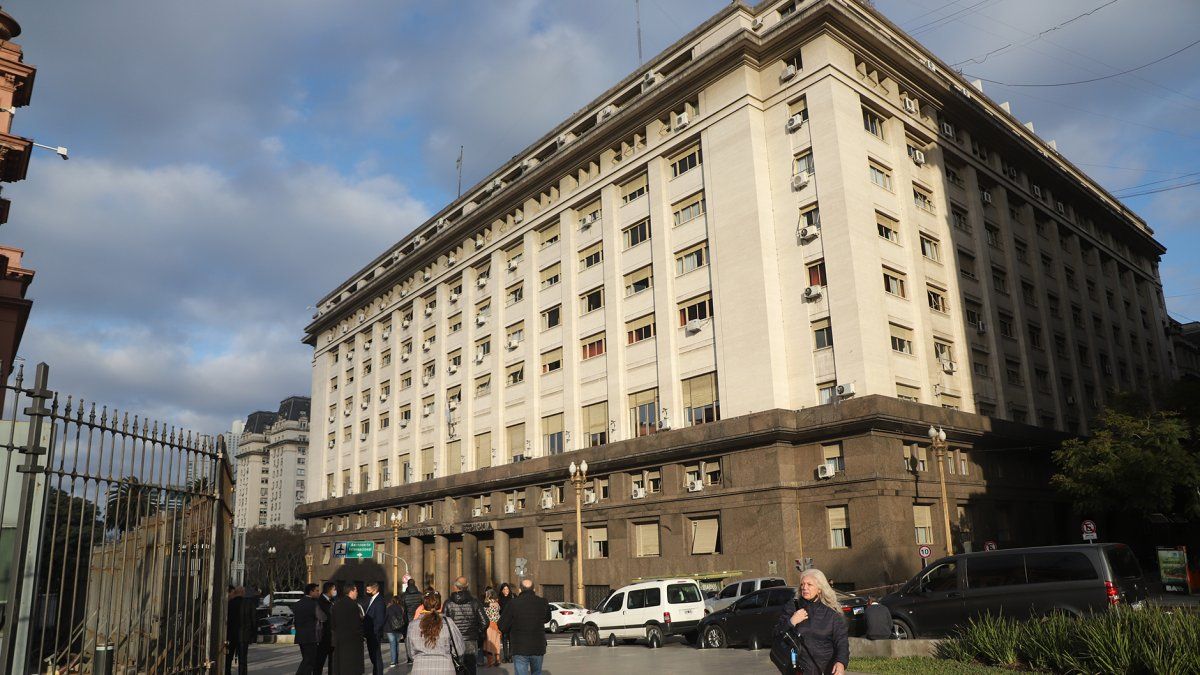The Ministry of Economy managed to close March with a refinancing rate of the debt in pesos of 110% after the second tender of Treasury bills of the month in which it managed to raise $294,502 million. Despite having kept the bond offer of the previous call almost the same, on this occasion the level of acceptance was somewhat lower than the previous one.
Eduardo Setti, the Secretary of Finance, highlighted through social networks, after announcing the result, that “the National Treasury achieves net financing for the first quarter of $471,942 million” and thanked “the important accompaniment, represented in the 2,036 offers received, which double the maturities that had to be faced.”
Strictly speaking, the rollover level of the second call barely managed to exceed 103% In a context in which a lot of noise was generated in the market by the announcement of the intra-state debt swap and the serious problems that are beginning to arise due to the lack of pesos, maintaining the primary deficit within the parameters agreed with the IMF. In the accumulated month, net financing amounted to $69,121 million.
In the previous call, the government had to face $367,000 million and managed to get a loan of $416,000 millionwith an acceptance level of 114%, which showed a more than acceptable result.
According to the stock exchange Personal Investment Portfolio (PPI), 38% of what was traded was through dollar-linked bonds, something that surprised the market because it is assumed that the demand is focused on short-term instruments. Finance validated rates of 2.72% plus devaluation and 5.56%, for two instruments that mature in July 2023 and April 2024.
On the other hand, Two inflation-adjustable bills were offered, for July and September, (LECER) which accounted for 28% of what was negotiated. In the LECER, the Treasury had to increase the real rate in the first one by 100 basis points (5.52%). While, for two letters with a LEDES discount, effective annual rates of 125% had to be paid
For PPI, it was a “meager harvest” that of the second round, although he considers that in the call for the entities of the market creators group, which have one more instance this Thursday, the number can be improved somewhat.
Economy explained that of the total financing obtained, 41% was made up of instruments adjusted to the official exchange rate, 31% at a fixed rate, and the remaining 28%, for instruments indexed by CER. In addition62% corresponded to instruments maturing in 2023, and the remaining 38%, in 2024.
If there is something good for the Government, it is that the long-term instruments that already exceed the threshold of the next elections are beginning to be in demand in the market, possibly assuming that with the next administration there can be a discreet jump in the exchange rate.
In April, the government has to face strong maturities for just over $1 trillion, of which 88% is in private hands.
Source: Ambito




